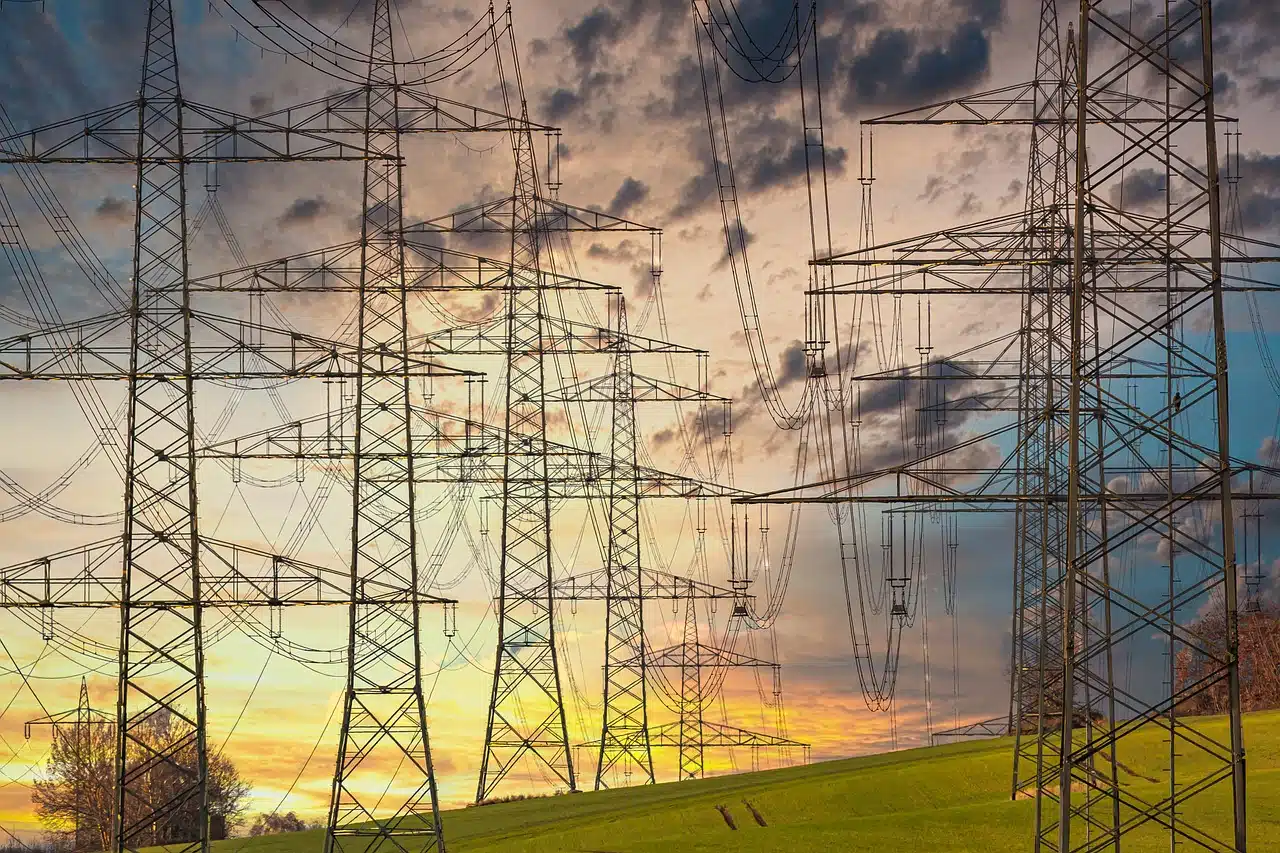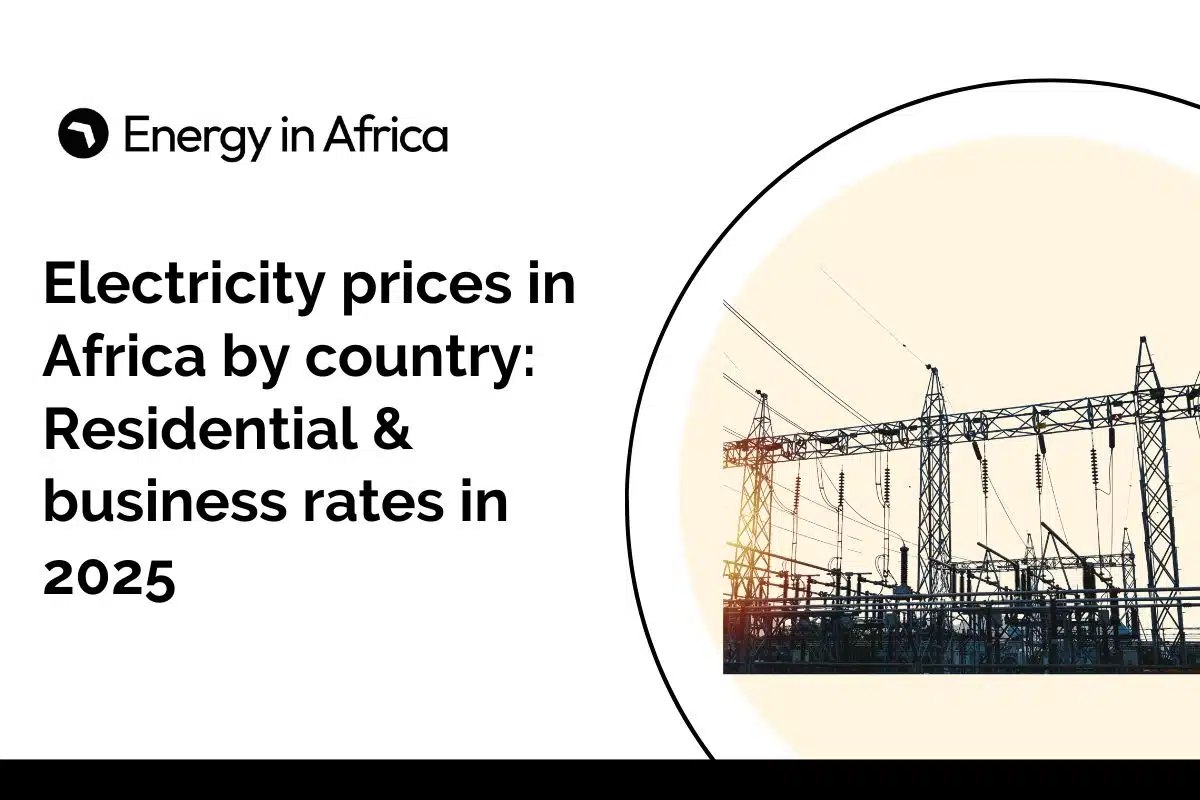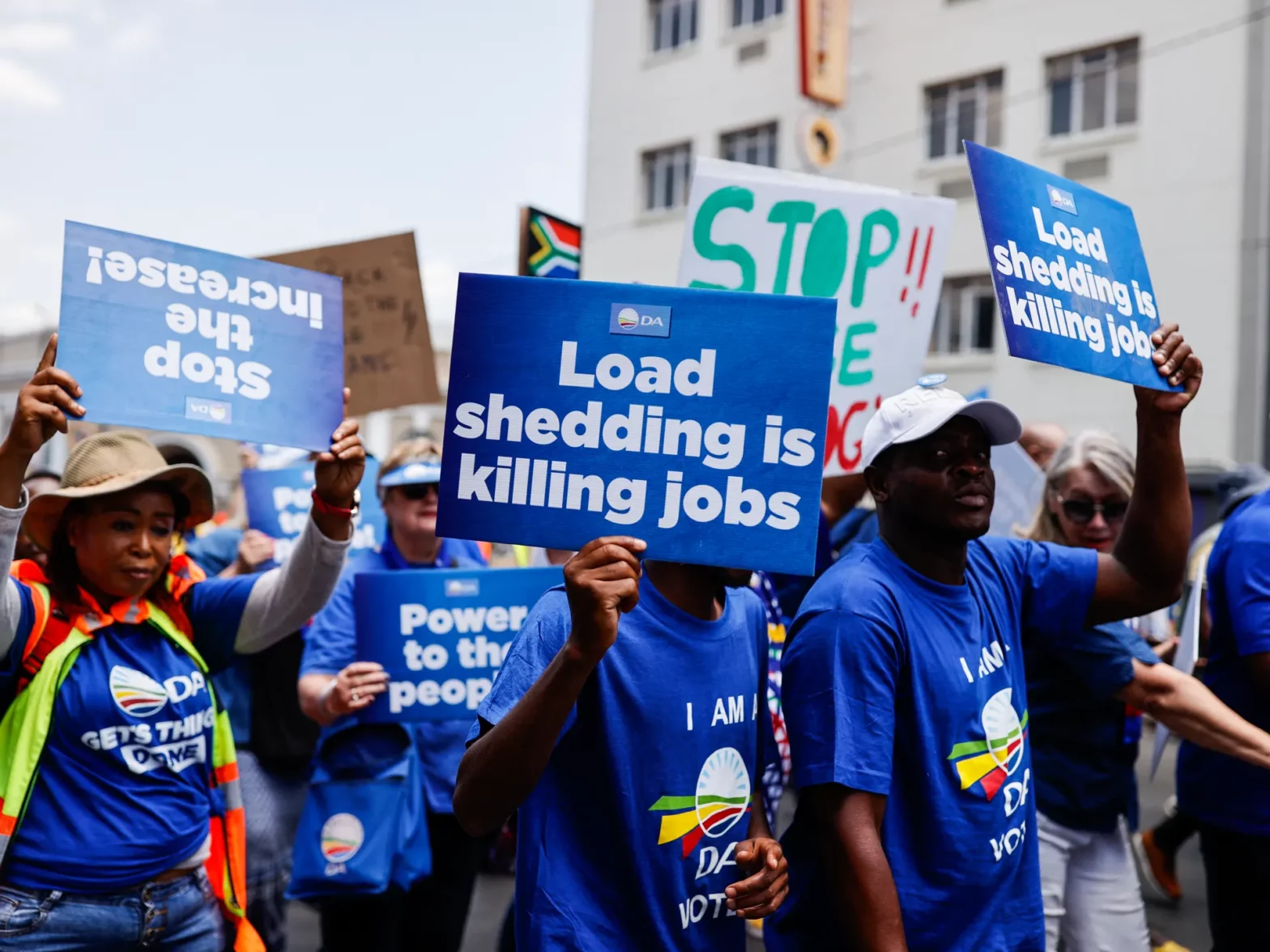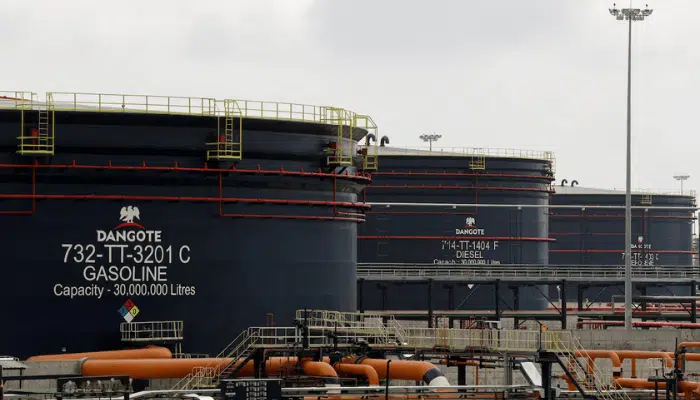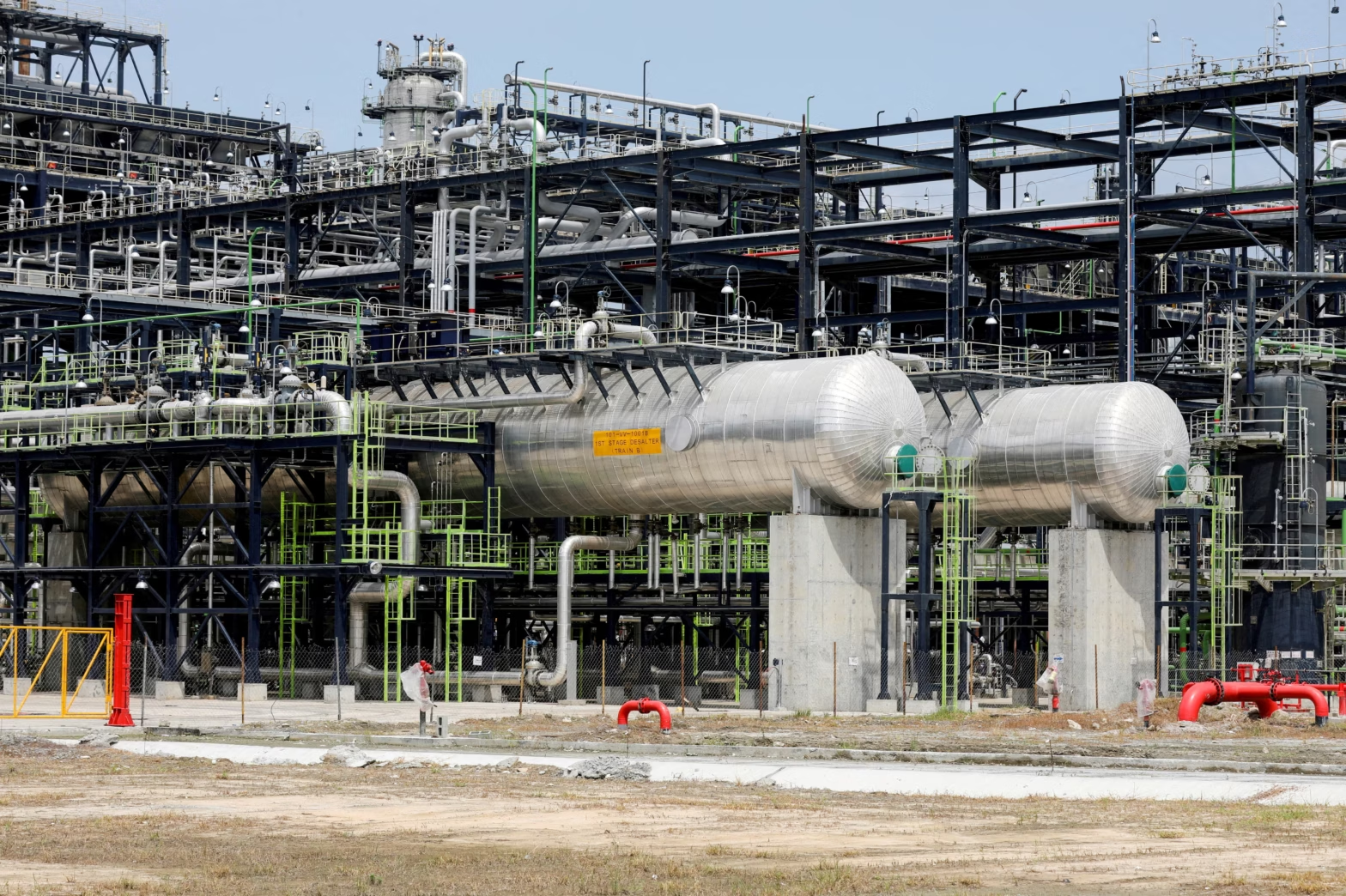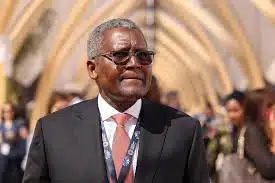At a time when electricity is a most valuable resource powering world economies, some countries on the African continent still haven’t achieved universal electricity access.
Electricity access measures just how much of a country’s population is connected to stable electricity.
A recent report by a research firm, IntelPoint, shows African nations that have achieved varying degrees of electricity access.
An interesting detail in the report shows that only six African countries have achieved a 100% electricity access rate, bringing electricity to their entire populations.
A worthy detail to note is that four of these six countries are in the North African region of Africa.
In this article, we discuss the top ten countries with the most electricity access in Africa, beginning from the least to the highest.
10. Ghana (89.5%)
Ranking 10th on the list, Ghana’s electricity connection initiatives have paid off as the country has achieved an 89.5% electricity access rate.
Initiatives like the National Electrification Scheme (NES) have been instrumental in increasing access from 20% when it was launched in 1990 to the 89.5% it is today.
Despite the progress, most of Ghana’s northern region hasn’t kept up with the electrification drive.
Progress now hinges on expanding off-grid solutions (like mini-grids and solar home systems), improving grid reliability, and resolving financial challenges within the power sector .
The country has approved a $3.4 billion renewable energy program which will cover a wide range of clean energy solutions, including off-grid and distributed renewable systems (BESS), and electric vehicles.
9. Comoros (89.8%)
With 89.8% of its population now connected to the power grid, Comoros ranks 9th on the list.
This figure places the island nation well above the Sub-Saharan African average, where electricity access remains below 50% in many countries.
The progress reflects sustained investments in infrastructure, donor-supported projects, and policy reforms aimed at modernizing the energy sector.
Despite the electricity access rate, the country still suffers from erratic power supply.
However, the country is still taking steps to bring electricity to its unconnected population.
The country is currently implementing a mini-grids initiative, which is backed by about $49.5 million from the World Bank, IDA, UNDP, and Global Energy Fund, and aims to electrify around 3,500 rural households using solar and wind powered microgrids.
8. Gabon (94.1%)
With 94.1% of its population accessing electricity, Gabon has made impressive strides in electrification and ranks 8th in Africa.
In 2014, the country had a stark urban–rural divide which saw most urban dwellers enjoying reliable electricity access while rural areas still lagged with just around 15% access.
The government aimed to close the gap by pushing rural electrification to 85% by 2025 and achieving universal access by 2035.
Its success is rooted in infrastructure investments, and Gabon is now diversifying into renewable energies. Ambitious solar projects, like the 50 MW Oyem and 120 MW Ayémé plants, reflect a strategic shift toward cleaner, sustainable power.
7. Cabo Verde (98.6%)
Cabo Verde has nearly achieved universal electricity access, reaching 98.6% of its population as of 2023.
Ranking 7th on the list, Cabo Verde’s high access rate positions it among the most electrified countries in the West African region, potentially serving as a model for other nations aiming for universal access.
The country is transitioning its energy mix toward renewables which accounted for over 18% of electricity generation in 2021.
One such project powering the island nation’s renewable energy generation is the Cabeolica wind power plant.
6. Seychelles (100%)
The Seychelles is one of the six African nations that have achieved universal electricity access.
While all of its citizens benefit from reliable electricity, the country has moved to diversify its energy mix.
The nation’s energy landscape remains heavily dependent on fossil fuels, with renewables contributing only a small fraction of the mix.
To address this, Seychelles is pursuing a greener future with 15% of electricity generated from renewables by 2030.
Projects like the Ile de Romainville Solar Park and Desroches Island solar facilities are key to reaching this target.
5. Mauritius (100%)
Mauritius is one of the African nations that have achieved universal electricity access, with 100% coverage as of 2022.
The country now looks to sustainability. Renewable energy already accounts for nearly a quarter of electricity generation, with an ambitious target of 60% by 2030.
To get there, Mauritius is deploying large-scale solar projects, battery storage, and supportive policies for rooftop solar and electric vehicles.
However, the country has a growing electricity demand that is not readily met by supply.
Recently, the country announced plans to woo private and international investors to fund a floating solar plant in a bid to shore up electricity supply and avert power cuts.
4. Morocco (100%)
Morocco is one of the four countries in the North African region that has achieved 100% electricity access for its population.
Officially achieving the milestone in 2022, Morocco owes its progress to its flagship Programme d’Électrification Rurale Généralisé (PERG) which increased rural electrification from just 18% in 1995 to an impressive 99.89% by mid-2024.
PERG, with over $2.5 billion in investment, connected 13 million Moroccans, electrified more than 41,900 villages, powered schools, health centers, mosques, and more.
Morocco now targets 52% of its electricity to come from wind and solar by 2030 .
The country is also looking to increase its grid capacity to 16GW with a $10 billion investment plan.
3. Tunisia (100%)
Tunisia reached 100% electricity access by 2022.
In addition to this milestone, rural electrification also reached 100% in 2023, showcasing an equitable distribution of access across urban and rural communities.
This achievement not only reflects significant infrastructure investment and planning but also stands out in regional comparisons, well above the global average of approximately 87%.
With universal electricity access secured, the country has laid out ambitious targets for renewable energy. The country aims to increase its share of renewable capacity to between 30 and 35% by 2030. It also aims to achieve 100% electricity from renewables by 2050.
2. Egypt (100%)
By 2016, Egypt achieved 100% electricity access for both urban and rural populations, a milestone it has sustained through to the present day.
This universal coverage stands as a testament to decades of infrastructure investment and inclusive development.
Despite this, the country’s power grid gets strained during summer months as electricity demand nearly exceeds supply.
However, the country remains focused on developing its renewable energy capacity by setting a target of achieving 42% renewable electricity by 2030.
Projects like the landmark Benban Solar Park is a key aspect of that transition, capable of generating some 3.8 TWh annually.
1. Algeria (100%)
Finally, Algeria tops the list of the country with the most electricity coverage.
The north African nation reached an impressive 100% access to electricity for its population in 2022, a significant progress from 99.8% in 2021 and 99.7% in 2020.
Moving away from universal electricity access, the country aims to expand renewable energy capacity significantly, targeting around 15 GW of renewables by 2035, supported by bids for large scale solar projects.
Algeria is set to receive $4.9 billion in financial investment to increase its electricity production capacity.
Algeria also plans to launch solar energy projects in the first phase of its renewable energy program, with a capacity of 3,200 MW with an estimated operation date of 2026.

